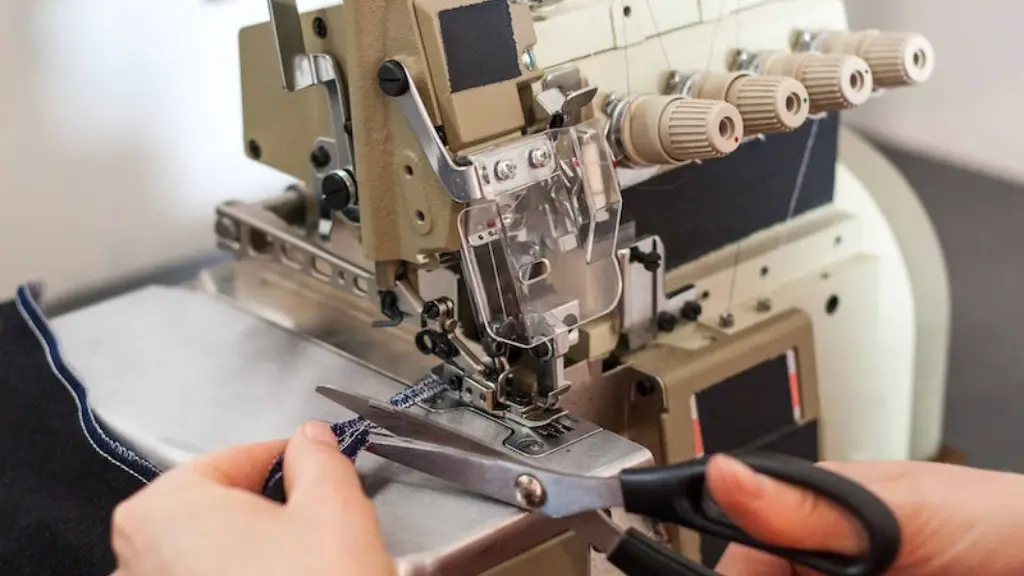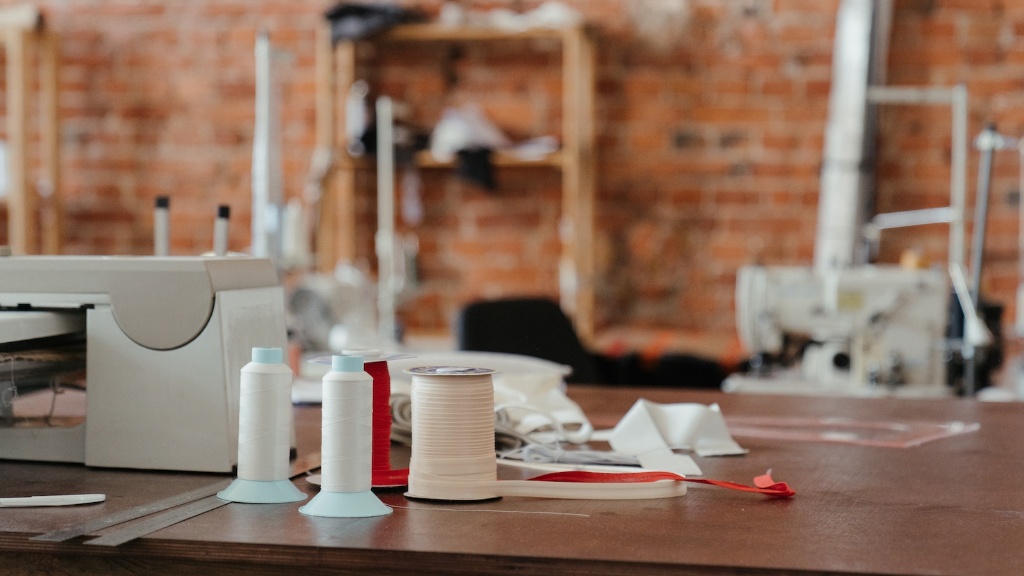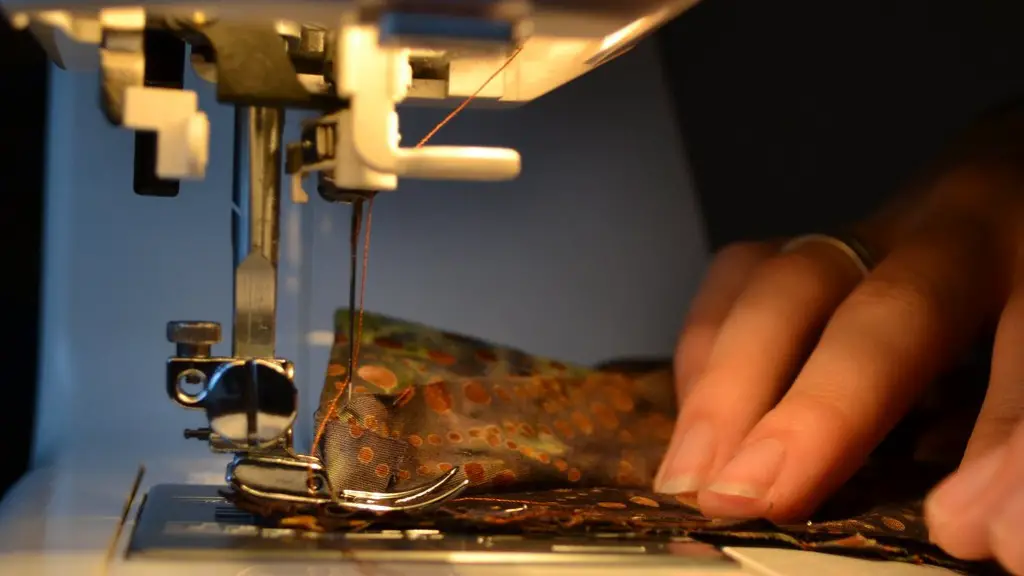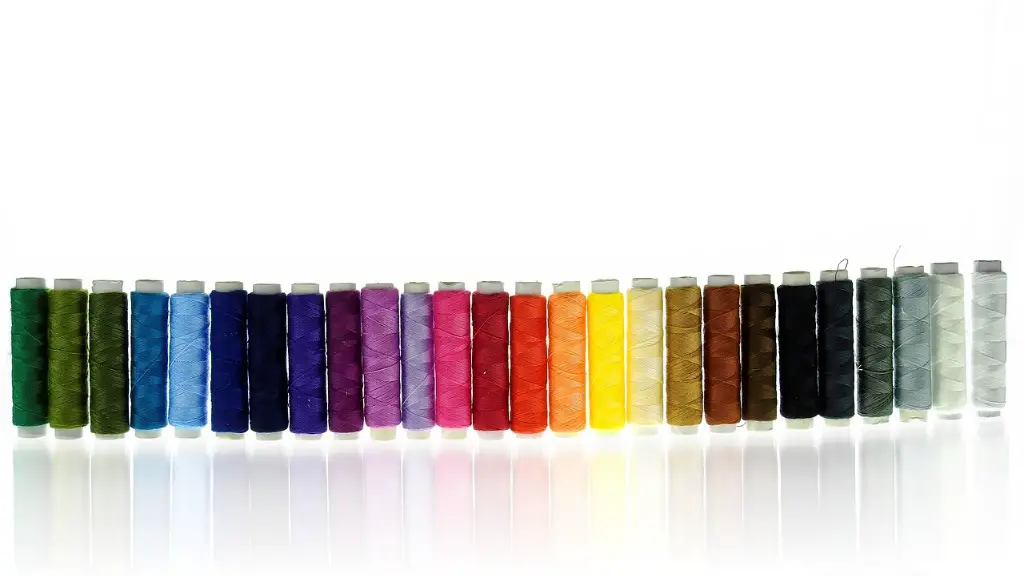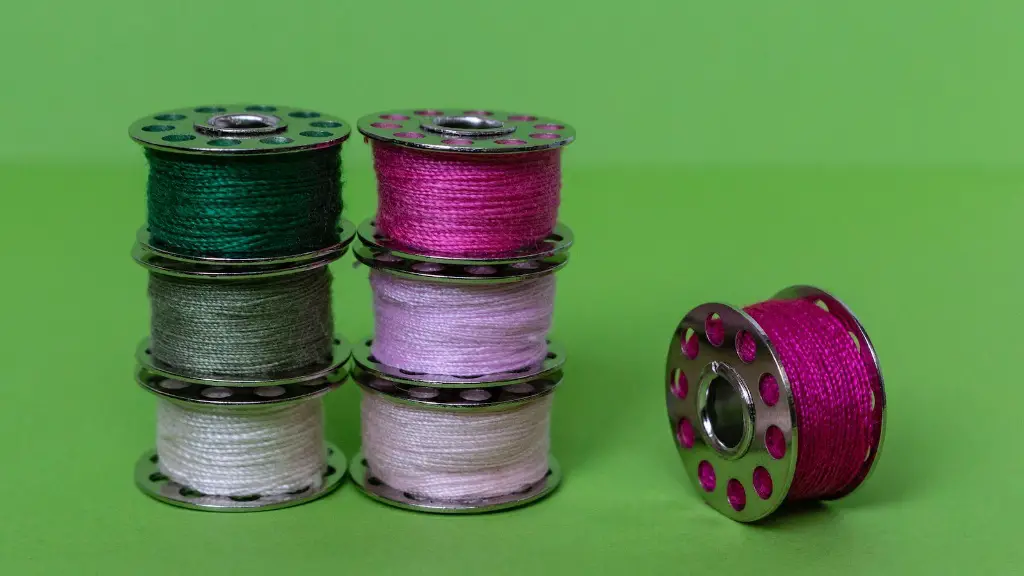How to Put Needle in Singer Sewing Machine
Many household and professional sewers use Singer sewing machines to perform a variety of stitches on a wide range of fabrics. Needles are essential for creating smooth stitches, but knowing how to put a needle in a Singer sewing machine can be a tricky prospect. Below are some pointers to help you manage this task with ease.
Steps
To begin, make sure you select the right type of needle. Your needle size should correspond to the weight of the fabric you are working with. For lightweight fabrics, you should use a size 9 needle, while heavier fabrics may require needles between 11 and 16.
Next, firmly grip the needle and insert it into the needle clamp. Be sure the flat side of the needle faces the back of the machine. Push the needle up until it is secure.
Once the needle is in place, you must make sure it is threaded correctly. Start by pulling the thread from the spool until you have a 12-15” tail. Then, pull the thread through the needle from the front. Finally, tug the thread gently to make sure the thread is properly secured.
Finally, lower the presser foot lever to secure the needle. This will also help you pull the thread through the machine easier. You may now start to adjust the tension wheel and use the machine to complete your project.
Tips
Be sure to check your machine’s manual for detailed instructions on how to put a needle in the machine. It is important to use the correct needles for different types of fabrics to ensure that the stitches will be even and won’t cause damage to the fabric.
Regularly oiling the machine is one of the most important steps in keeping it in good working condition. Check for any loose screws as well as broken parts, including the needle. If a needle is bent or damaged, it should be discarded immediately and replaced with a new one.
Types of Needles
One should also consider the type of needle that is most appropriate for the project. Regular needles will be suitable for basic sewing tasks, while stretch needles are ideal for fabrics that require more elasticity. Developments in technology have seen the introduction of specialty needles such as titanium-coated and chrome-plated needles which can provide resistance to abrasion and scratching.
Various needles with large eye sizes such as quilt needles, embroidery needles, and leather needles. Quilt needles are useful for layers of fabric and stuffing, while embroidery needles are more suitable for elaborate detailing. Leather needles, meanwhile, can penetrate the hard leather threads without breaking.
Safety Considerations
When using a Singer sewing machine, it’s important to take safety precautions and use the machine carefully. Keep the machine away from moisture, and never leave it plugged in when not in use. Wear protective clothing and glasses to prevent injury from flying needles or thread.
Follow all instructions in the owner’s manual to ensure the best performance from the machine. Make sure the presser foot and feed dogs are working properly and clean the machine often. Proper maintenance will allow you to enjoy all the wonderful benefits of your Singer sewing machine.
Maintenance
It is crucial to provide the right care and maintenance for your sewing machine. For example, the LEDs need to be changed regularly and the oil should be refreshed every month or so. Parts such as the presser foot lever should also be checked periodically for any damage that may affect the machine’s performance.
Moreover, one should never forget to clean the bobbin case and the bobbin winder in order to avoid any jamming or problems with the thread tension. The machine may also need parts to be replaced if they are worn or broken, such as the needle plate or the base plate. This can help improve the machine’s longevity and performance.
Troubleshooting Tips
If you encounter any problems with your machine, it is important to understand what could be causing the issue. Start by checking the needle size, and make sure it is the right type for the fabric you are working with. Also ensure the needle is seated securely and that it is threaded correctly.
If that does not solve the issue, you may need to troubleshoot issues such as the tension wheel, bobbin, or the thread quality. Checking these components may help you identify the source of the problem and figure out the best way to resolve it. Additionally, reviewing the sewing machine manual should provide further insights into the troubleshooting process.
Conclusion
Knowing how to properly insert a needle in a Singer sewing machine is a valuable skill for anyone who uses the machine regularly. Taking the time to understand the steps and tips outlined above will help you become a more competent and confident sewer. Use these guidelines to make sure that your next sewing project is a success!
